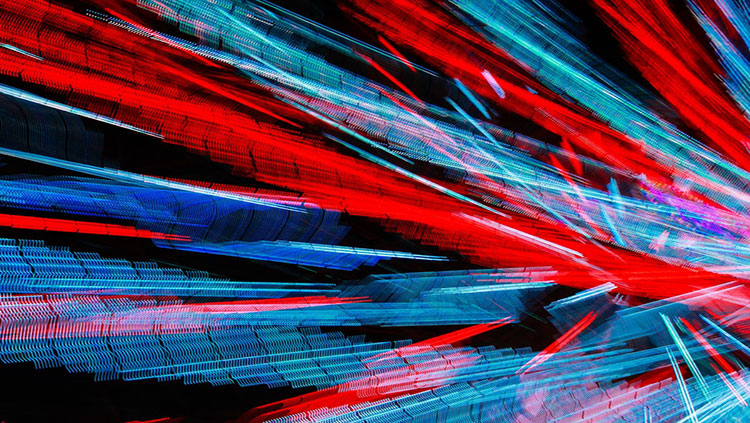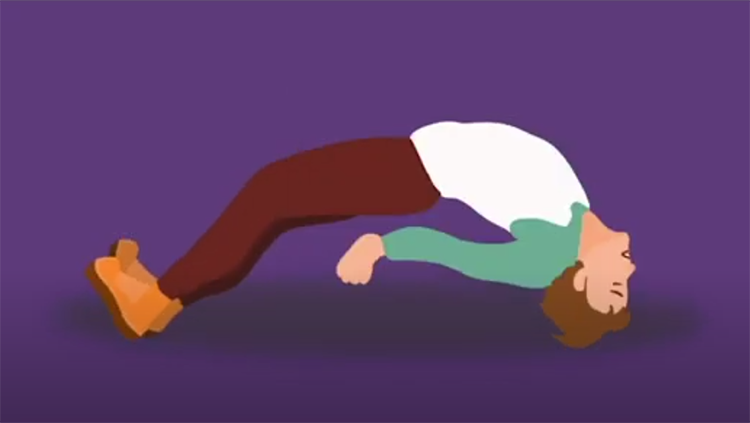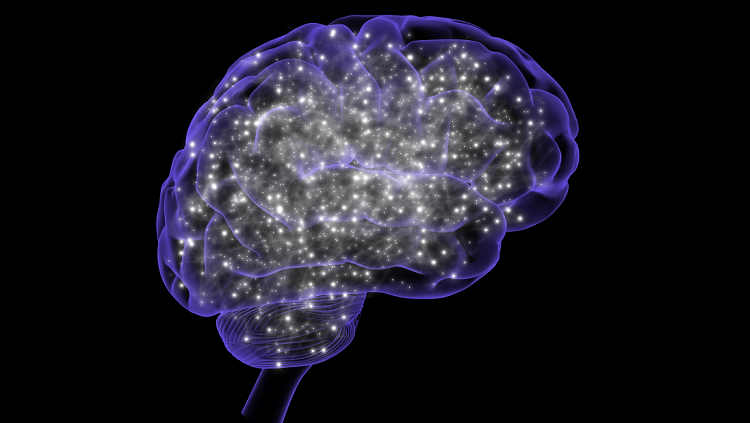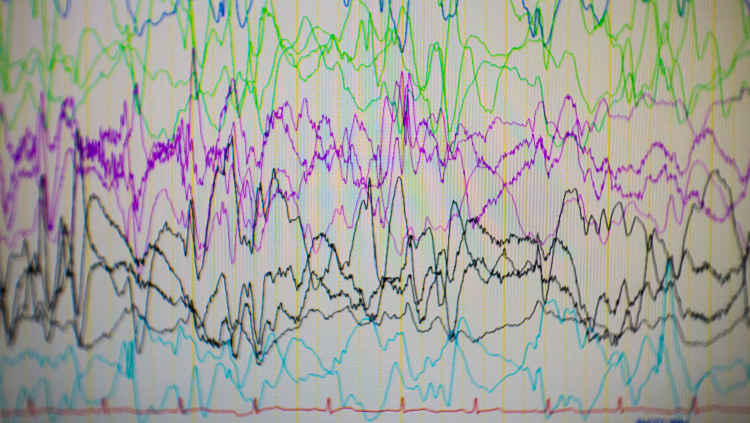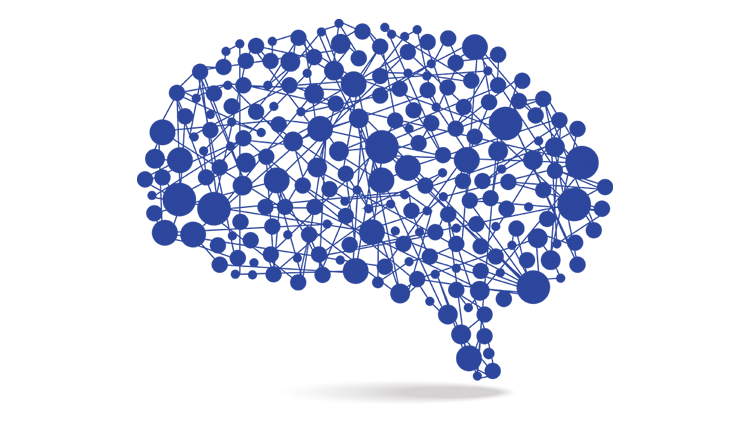Epilepsy and AI: Navigating the Neural Symphony
- Published22 Jan 2024
- Source BrainFacts/SfN
The mind is like an orchestra: All its parts work together in concert. But sometimes, certain brain regions move off-tempo, disrupting the performance. When someone has an epileptic episode, neurons fire off too quickly. This rapid firing can cause symptoms like twitching, intense emotions, and even unconsciousness. Artificial intelligence may help uncover new ways to help people with epilepsy seeking treatment.
This is a video from the 2023 Brain Awareness Video Contest.
Created by Amir Reza Peimani.
CONTENT PROVIDED BY
BrainFacts/SfN
Transcript
Cerebellum: the rhythm keeper. Temporal: the melody maker. Occipital: the visionary processing all visuals. Parietal: the multitasker of sensations. And prefrontal: the conductor responsible for decision making.
When all these parts of the brain perform in harmony, they create a beautiful symphony. Like a well-rehearsed orchestra, every player knows its part and when to play it, leading to a smooth brain function and seamless coordination. But what happens when a band member plays off-key?
In epilepsy, that's exactly what happens. Usually starting in the temporal or frontal lobes, certain neurons start to fire too quickly and synchronously. It's like a drummer starting a rapid loud solo in the middle of a calm symphony causing discord. This neural disruption has many faces. Let's explore these faces of epilepsy as seizures.
First, the absence seizures: silent hiccups in the brain's melody causing moments of staring blankly into space, often unnoticed. Tonic-colonic seizures are a crescendo of neural activity causing stiffness, shaking, and loss of consciousness. Simple partial seizures, which can cause sudden unexplainable emotions or physical sensations and twitching. Complex partial seizures present as confusion, repetitive movements, and unresponsiveness. And lastly, atonic seizures, a sudden drop in the rhythm, sudden muscle loss which can cause falling, like a music note abruptly silenced. Our brain waves record this neural performance. It’s like seeing the sheet music of a chaotic composition unfold in a person having a seizure.
Can we predict seizures? AI is our answer. By analyzing brain wave data, AI identifies tiny shifts, suggesting an incoming seizure, offering a promising new outlook in understanding and managing epilepsy.
AI isn't just about predicting. It's also actively fine-tuning the treatment process. By constantly learning from patient data, AI can customize treatment plans, minimizing the impact of seizures.
Before I let you go, here's an interesting note about the Mozart piece “K448” playing in the background. It's not just for ambience. Studies have shown its promising effects in reducing seizures, aiding epilepsy patients. It's fascinating, right? With AI and music, we're striving towards a future of controlled seizures and harmonious brain activity. Hope is on the horizon.
Now let’s hear it from the expert in the field.
“Hi there, I'm an epilepsy researcher and basic scientist as well as a clinician, and I am very frustrated by the fact that I'm treating epileptics that do not respond to drugs. They make up 30% of patients with epilepsy, and we need new tools. Now AI comes along, and it's a fantastic tool which can analyze tens of thousands of EEGs of patients and come up with new algorithms to understand feature sets of epilepsy to predict seizures, to diagnose different types of treatments — different types of seizures, different types of treatment. This is very exciting times, and there's real hope now for many epileptics given this new technology. The other idea of music as a[n] analog of brain activity, and also as a way to treat epilepsy is very exciting, and I'm thinking that this could be a non-invasive way to help prevent seizures with some preliminary positive results.”
Also In Epilepsy
Trending
Popular articles on BrainFacts.org


